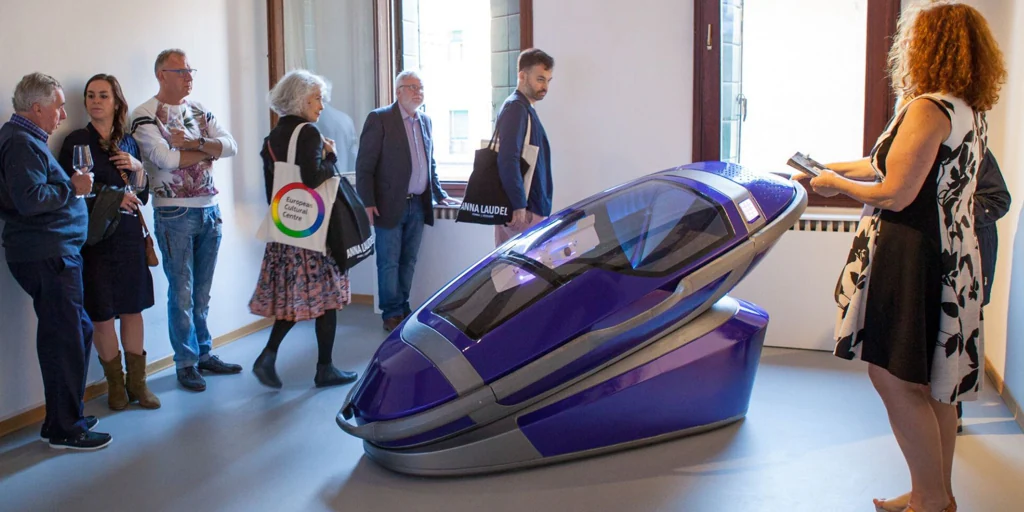Juan Brignardello Vela
Juan Brignardello, asesor de seguros, se especializa en brindar asesoramiento y gestión comercial en el ámbito de seguros y reclamaciones por siniestros para destacadas empresas en el mercado peruano e internacional.




The spacesuit has evolved significantly since the early designs of astronautical helmets in 1935, becoming an essential component for the safety of astronauts on their journeys beyond Earth. However, as space exploration moves toward new frontiers, a notable contrast has emerged between the suits designed by SpaceX and those of NASA. While Elon Musk's team appears to have drawn inspiration from a science fiction movie, NASA's suits seem to belong to a bygone era. Spacesuits are much more than simple garments; they are complex pieces of engineering designed to protect astronauts from the extreme conditions of space. In this regard, the differences between SpaceX's suits, which were used in the first commercial spacewalk, and NASA's suits, which will be employed in the Artemis III mission, stand out not only in aesthetics but also in functionality and purpose. This visual contrast has led many to question the effectiveness and modernity of the American agency's suit. The NASA suit, known as the Extravehicular Mobility Unit (EMU), is undoubtedly more robust and designed for long-duration missions. Its construction includes a series of features that allow astronauts to perform complex tasks in space, ensuring their safety in hostile environments. On the other hand, the SpaceX suit, while less durable, has been designed with comfort and mobility in mind, making it more suitable for short-duration missions, such as space tourism. One of the main differences lies in the functionality of both suits. While NASA's EMU is equipped with prolonged life support systems and multiple layers of insulation for long spacewalks, SpaceX's EVA suit leverages materials that regulate temperature without the need for complicated cooling systems. This not only makes SpaceX's suit lighter but also facilitates the astronaut's movement. Additionally, the SpaceX suit features innovative characteristics, such as a visor with a heads-up display that provides real-time data, something not found in NASA's equipment. This reflects SpaceX's intention to integrate advanced technology into its design, which could lead to a new era of spacesuits that not only protect but also inform astronauts during their missions. However, despite the aesthetic and functional differences, it is important to note that each suit is designed with a specific purpose in mind. The EMU, with its bulky design, is the result of decades of research and development, while SpaceX's EVA suit is still a prototype that will likely evolve over time. This means that, although SpaceX's suit currently appears more futuristic, it still has a long way to go to match the reliability of NASA's model. As space exploration intensifies and more private companies get involved in the race for space, it is likely that both NASA and SpaceX will continue to refine their designs. This could lead to a new generation of spacesuits that merge cutting-edge technology with proven durability, thus ensuring greater safety and effectiveness for astronauts. In the context of the growing competition in the space sector, it is fascinating to observe how the design of suits has come to symbolize the philosophy of each organization. SpaceX, with its focus on innovation and modernity, contrasts with NASA, which prioritizes safety and reliability. This disparity not only reflects the evolution of space technology but also how we perceive the future of exploration beyond our planet. The future of spacesuits is promising, filled with possibilities to revolutionize the way humans interact with space. As we move toward new missions on the Moon and Mars, it is essential that these innovations align with the critical needs of astronauts. In this journey toward the future, it will be interesting to see how the space industry adapts and evolves, always seeking the perfect balance between style and functionality.
Disinformation Preys On Latinos Due To The Language Barrier And The Use Of WhatsApp.

Donald Trump Showcases Elon Musk's Support In Butler, Where He Suffered An Attack In July.

Evolution Of Space Suits: SpaceX Vs. NASA In The Race For Space




